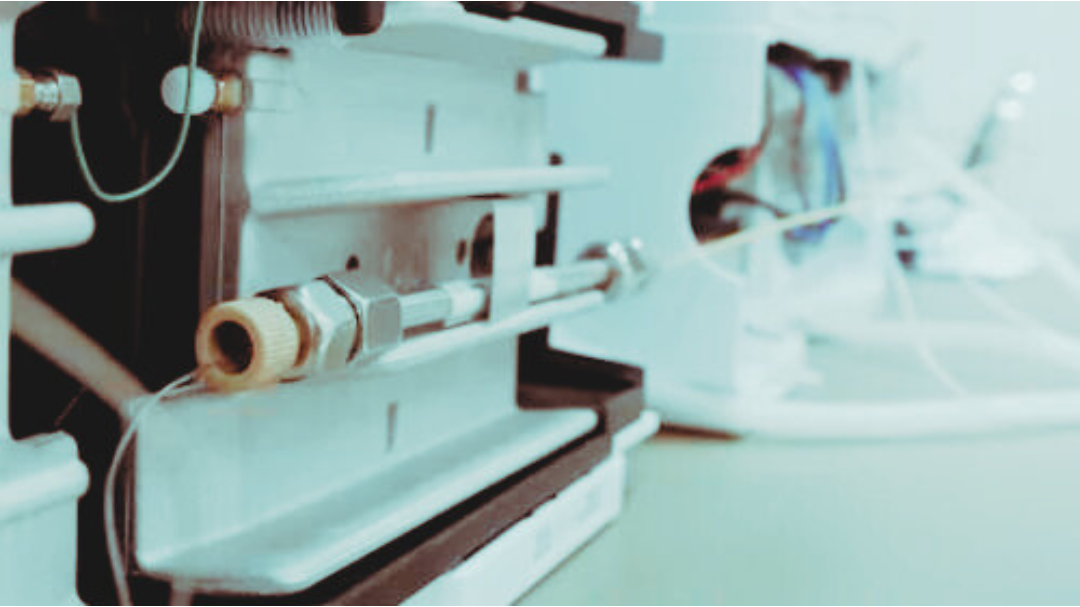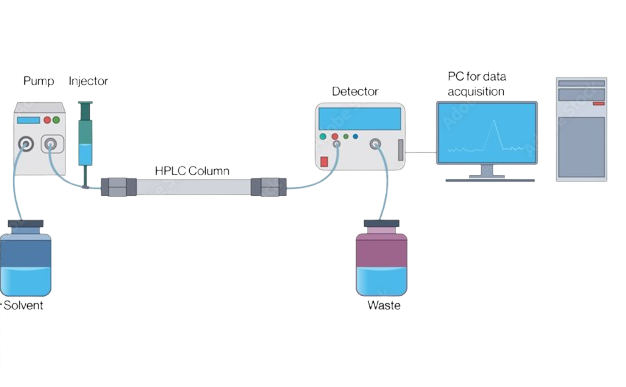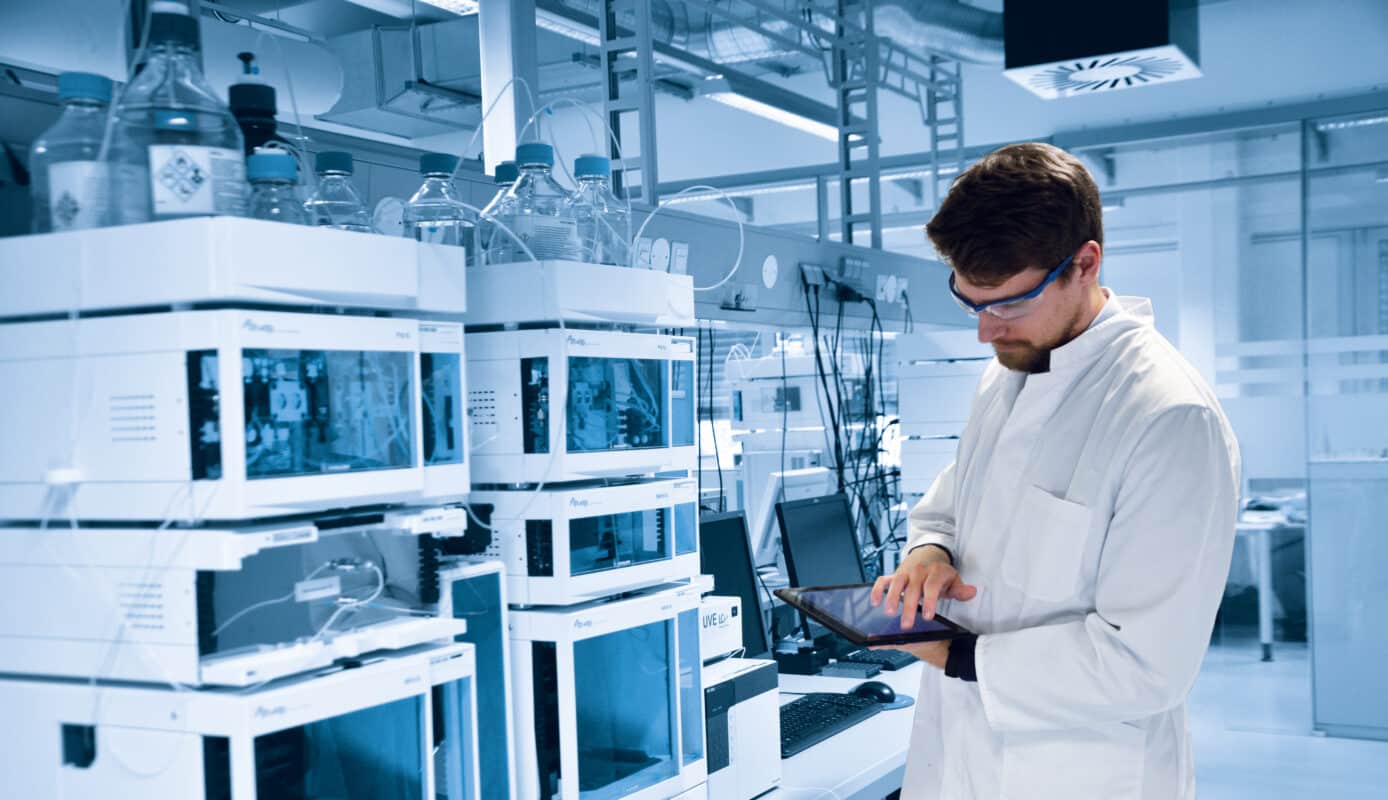Introduction to HPLC (High Performance Liquid Chromatography)
High Performance Liquid Chromatography (HPLC) is a powerful, precise analytical technique used in the separation, identification, and quantification of chemical compounds. It is widely employed in pharmaceuticals, biotechnology, environmental testing, food safety, and chemical manufacturing.
HPLC allows scientists and analysts to detect even minute components in complex mixtures. It plays a vital role in ensuring product quality, regulatory compliance, and research development.
Why is HPLC Important?

- Delivers high-resolution separation
- Enables quantitative analysis of active compounds
- Provides fast, reliable, and reproducible results
- Suitable for both small molecules and biomolecules
Whether you’re performing method development, quality control, or impurity profiling, HPLC is the technique of choice in modern analytical laboratories.
How Does HPLC Work?
HPLC involves injecting a liquid sample into a column packed with solid adsorbent material (stationary phase). The sample components interact with the stationary phase at different rates and are carried through the column by a mobile phase (solvent).
These interactions cause the components to separate based on polarity, size, or charge—depending on the column chemistry.

Key Components of an HPLC System:
- Solvent Reservoirs
- Pump (to apply high pressure)
- Injector
- HPLC Column
- Detector (e.g., UV, DAD, MS)
- Data System/Software
A Brief History of HPLC
The foundation of chromatography was laid by Mikhail Tsvet in 1903, when he separated plant pigments using a liquid mobile phase and solid adsorbent. However, the modern era of HPLC began in the 1960s.
Initially known as High Pressure Liquid Chromatography, the technique evolved due to the need for faster, more accurate analysis in chemical and pharmaceutical industries.

Milestones in HPLC Development:
- 1960s: Early forms of liquid chromatography were slow and inefficient.
- 1970s: Introduction of small-particle-size column packing and high-pressure pumps.
- 1980s–2000s: Advancements in detectors (UV, DAD, MS) and software integration.
- Present day: HPLC has transformed into a high-resolution, high-throughput technique essential to analytical science.
Looking for HPLC Columns or Solutions?
At Zodiac Life Sciences, we offer high-performance HPLC columns engineered for accuracy and consistency. Explore our product range or get in touch for a quote.
